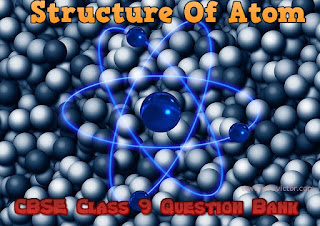Comparing Quantities
Worksheet
Class 8 NCERT Exemplar Chapter Answers
In the following questions, fill in the blanks to make the statements true.
1. _________ is a reduction on the marked price of the article.
2. Increase of a number from 150 to 162 is equal to increase of _________ per cent.
3. 15% increase in price of an article, which is Rs 1,620, is the increase of Rs _________.
4. Discount = _________ – _________.
5. Discount = Discount % of _________.
6. _________ is charged on the sale of an item by the government and is added to the bill amount.





